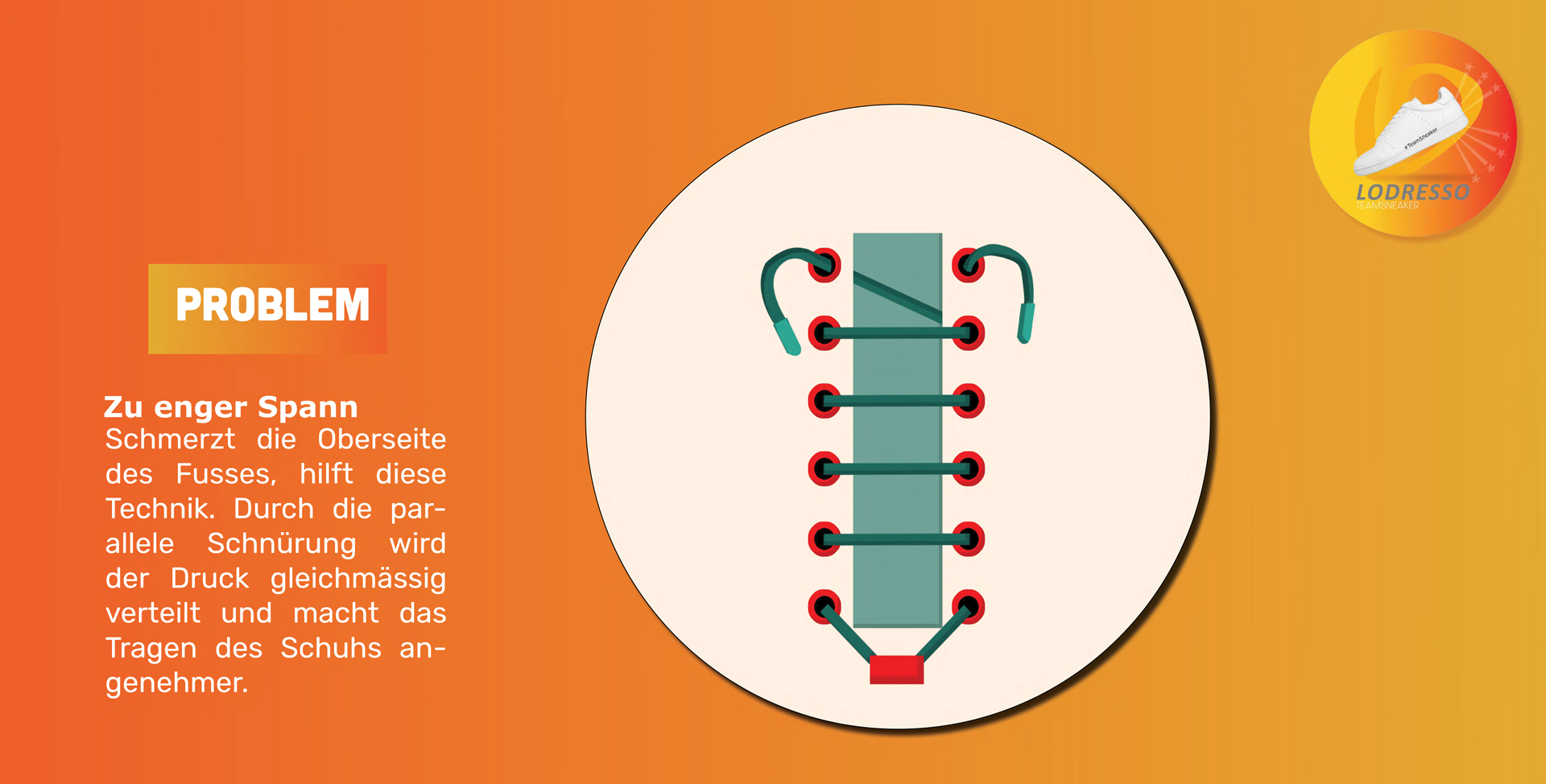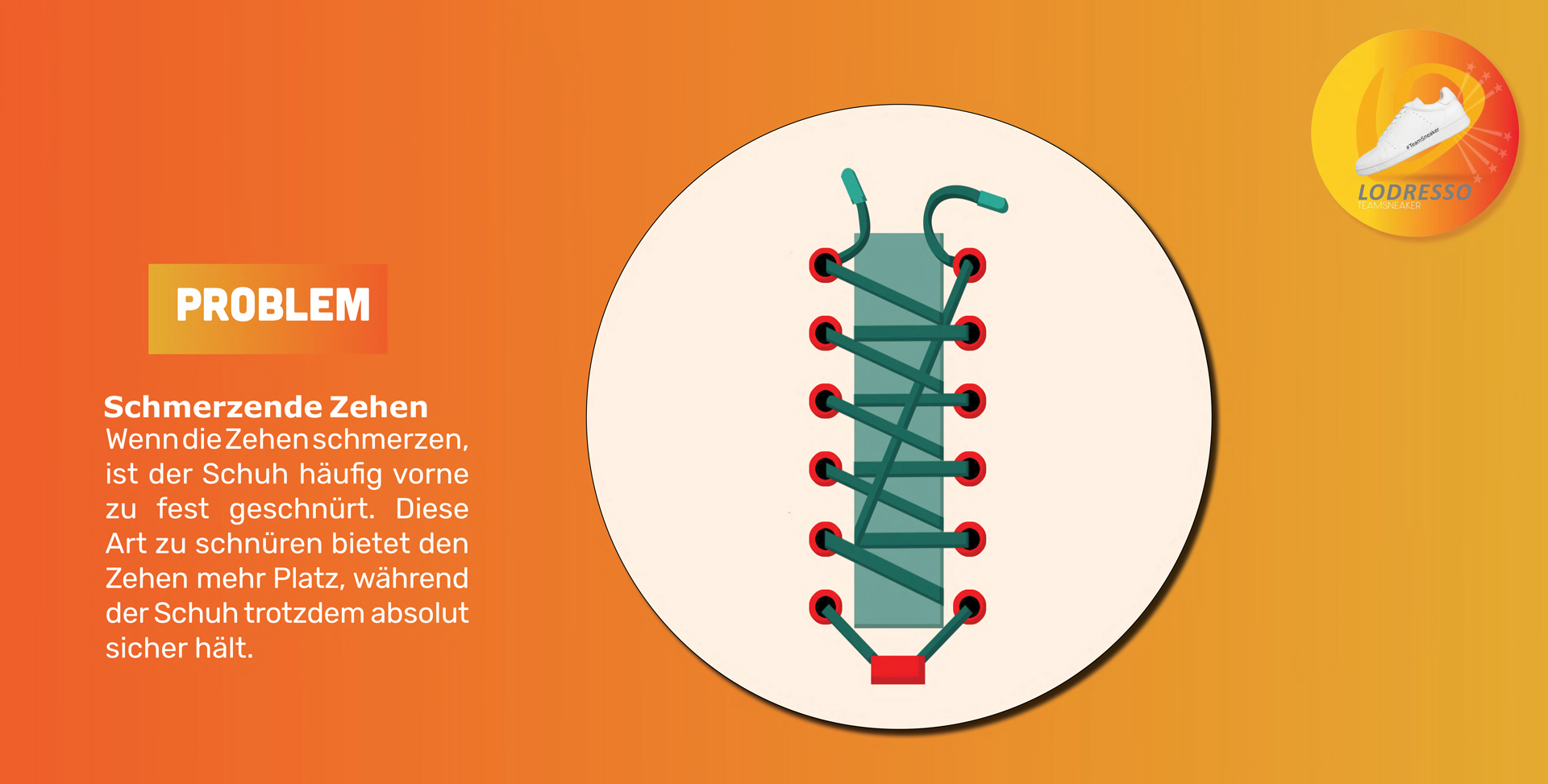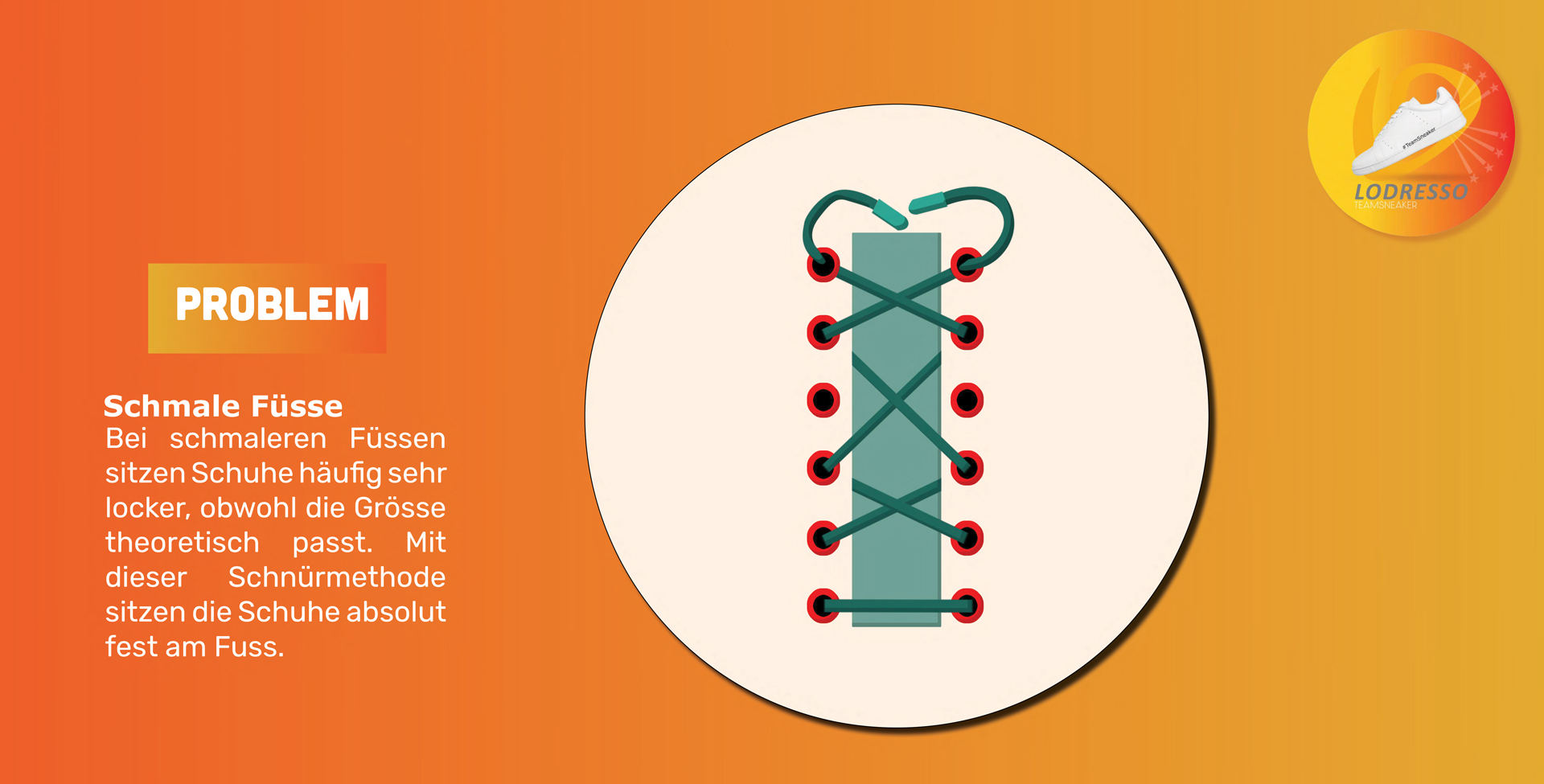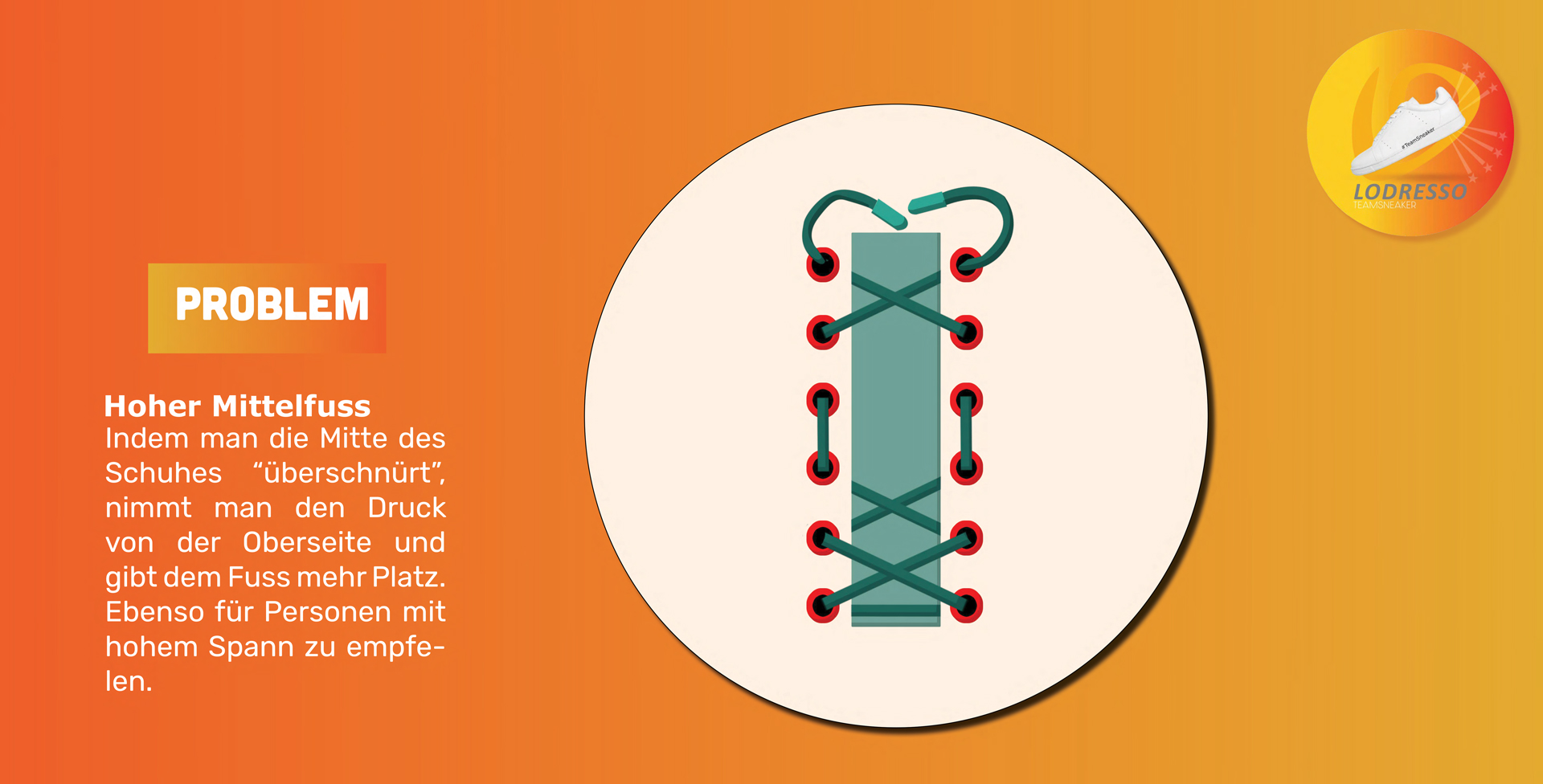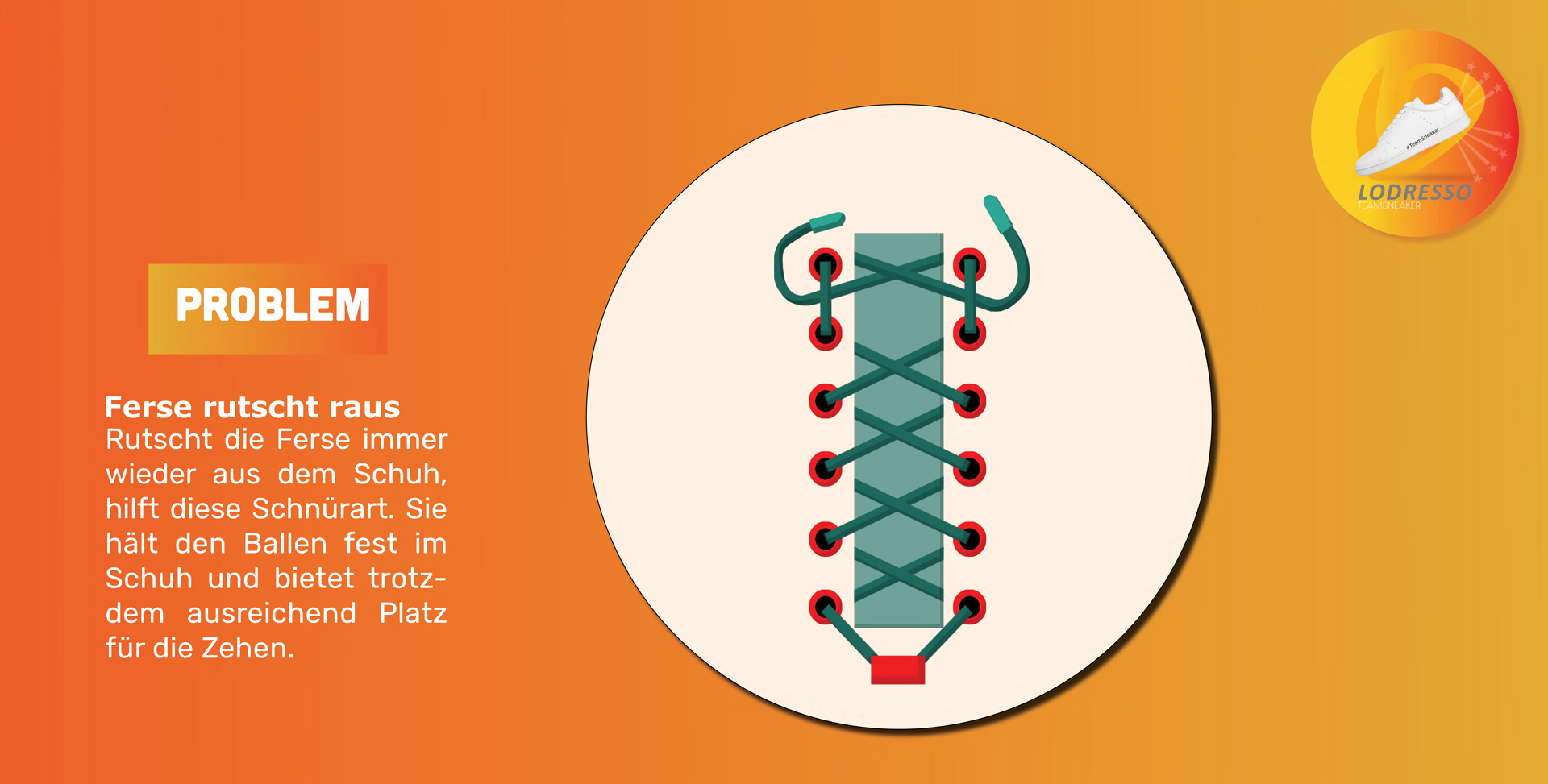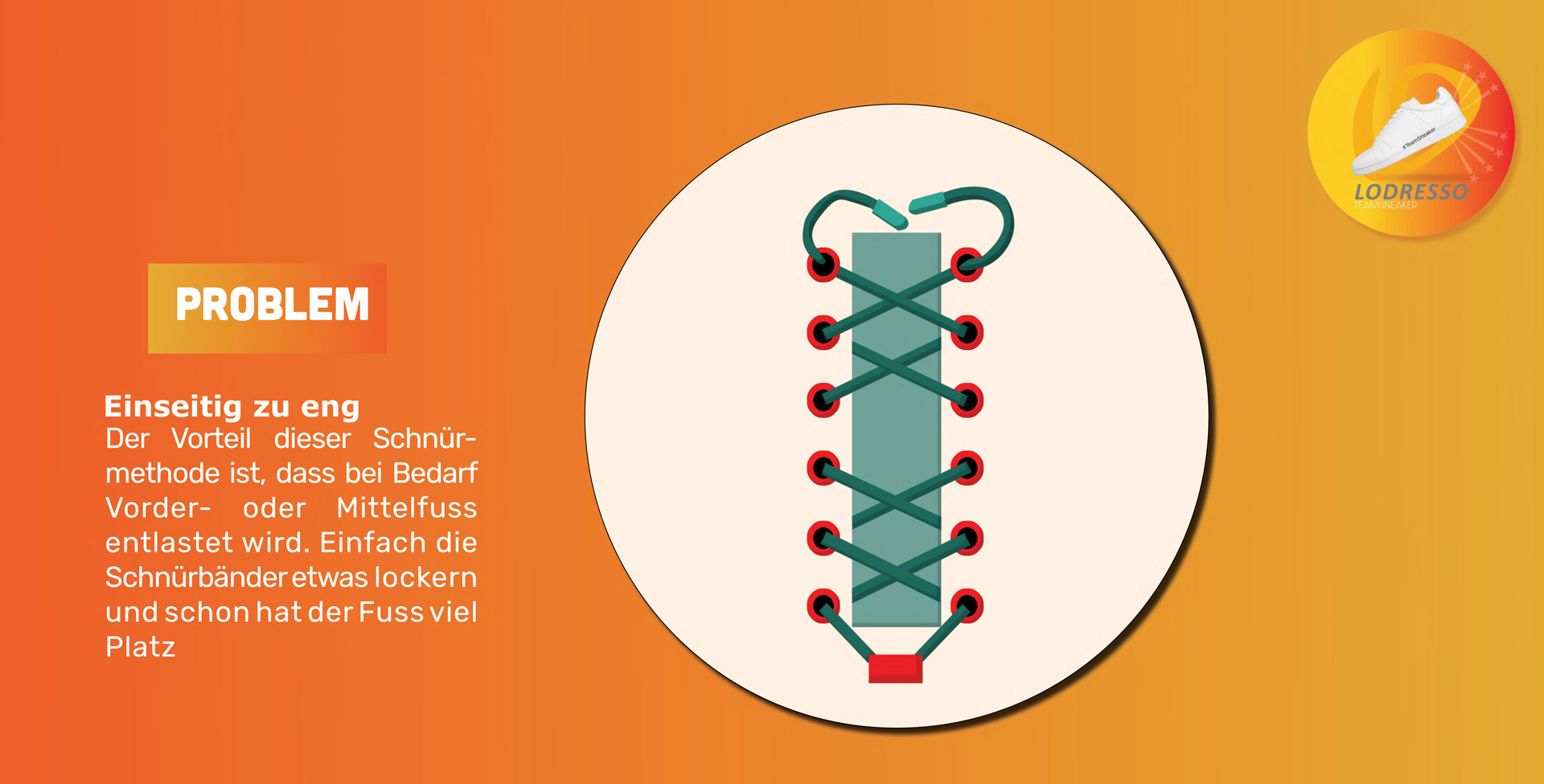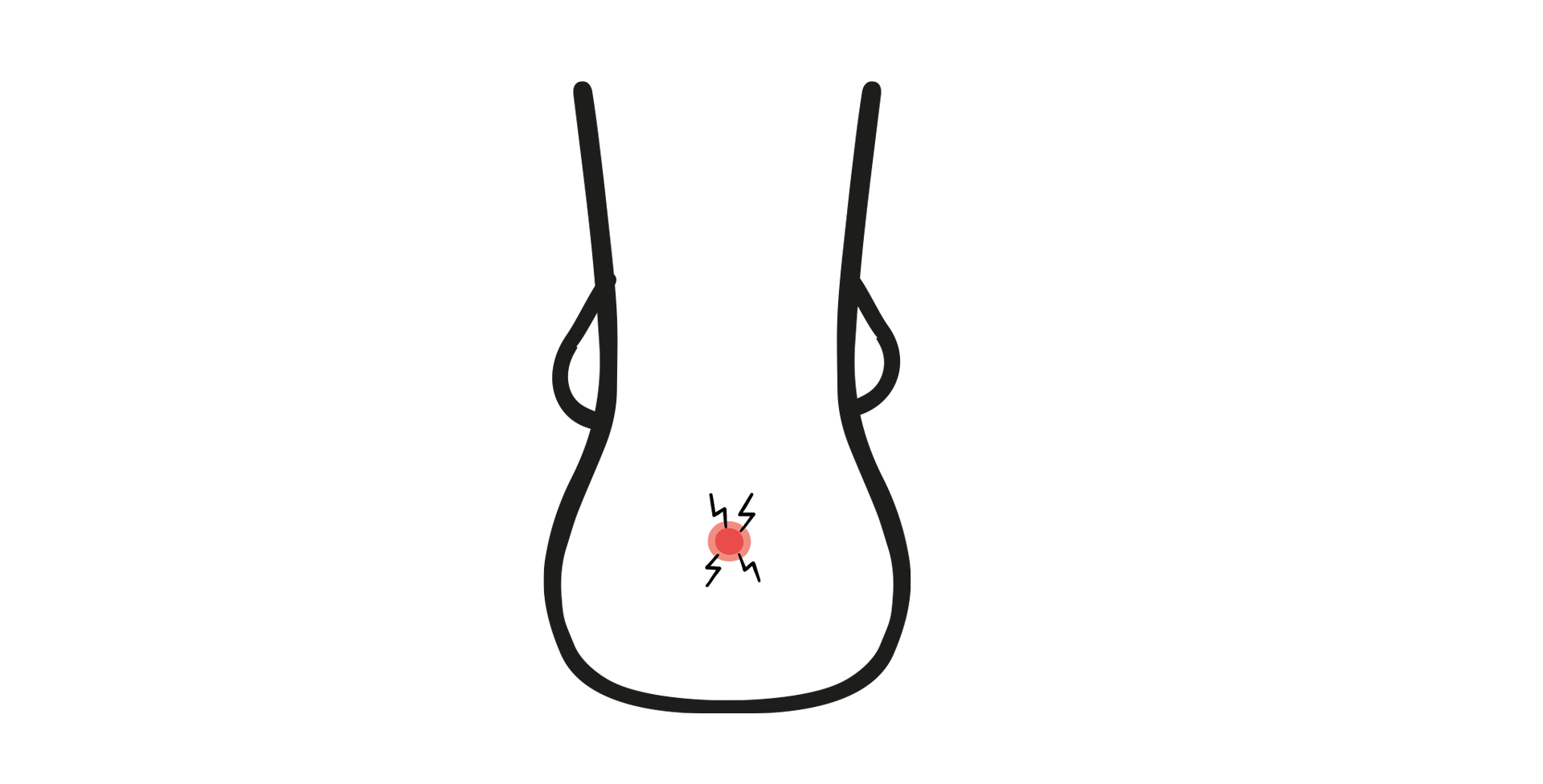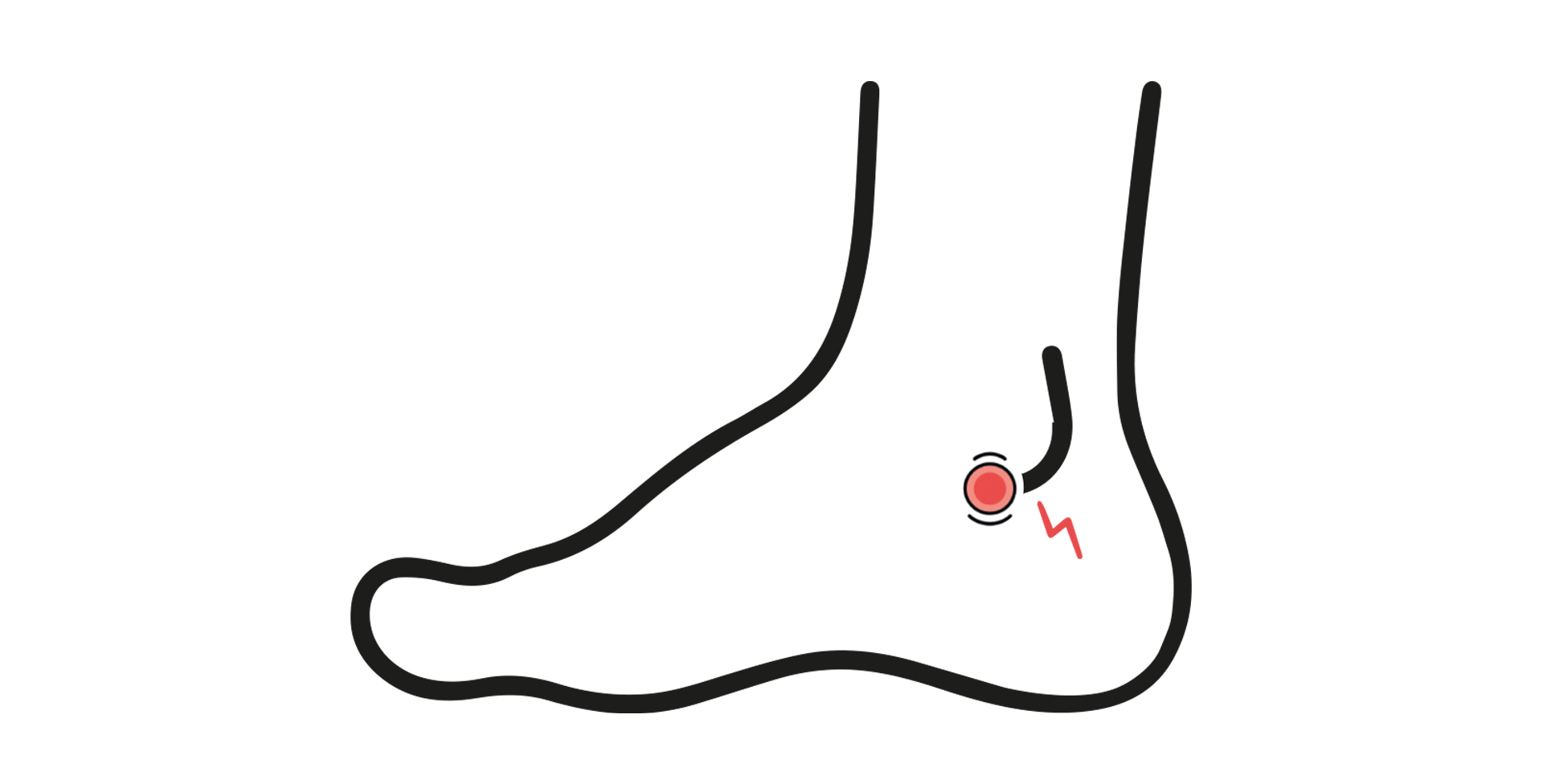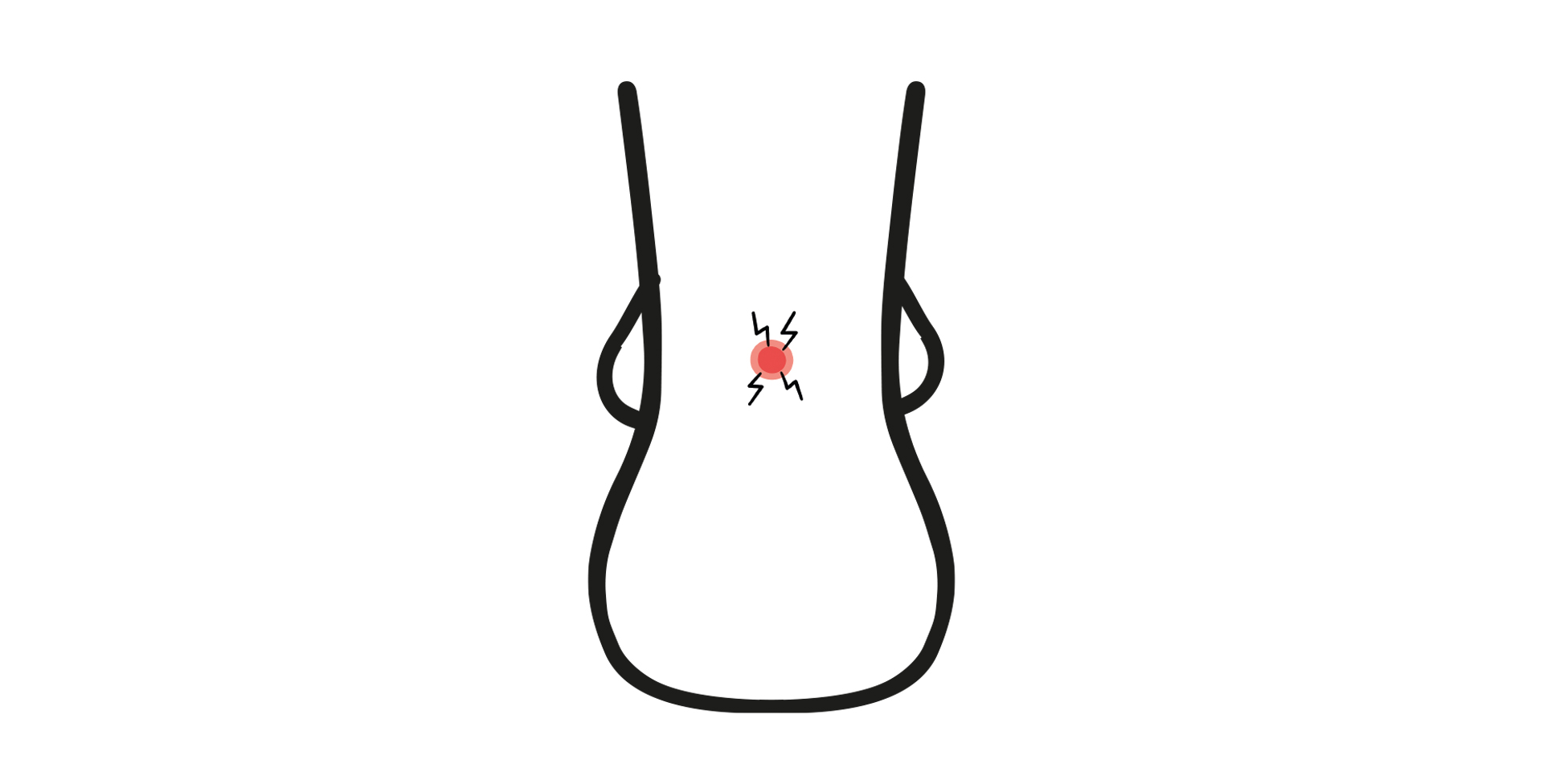Comfort sneakers with guarantee
Fine-tune & feel good in 3 steps
SPACE INSIDE THE SNEAKER
- OPTIMAL ADJUSTMENT
Test the fit:
Does your shoe feel a little too wide or too loose?
Do you have a very slim foot?
In that case, you can use both Memory Foam insoles on top of each other for even finer adjustment.
Adjust as needed:
Use the Single Memory Foam insole for subtle volume customization.
Use the Double Memory Foam insole if you want more cushioning and bulk.
Tip:
Simply swap or combine the insoles until the fit feels perfect for you.
BREAKING IN YOUR
SNEAKERS GENTLY
Start off right:
Wear the sneakers for the first few days only for shorter periods (e.g., 1–2 hours).
Use high-quality, well-fitting socks without thick seams.
Aim for a comfortable but secure lacing — not too loose, not too tight.
Why this matters:
The high-quality materials of your sneakers adapt to your foot and increase in comfort with every step.
This helps you avoid pressure points and blisters — and ensures the shoes mold to you perfectly.
Tip:
Give your sneakers a few days — and you’ll soon feel like they were made just for you.
PROPER LACING
ADJUSTMENT
How to find the perfect fit:
Lace your sneakers so that your foot sits securely in the shoe but without pressure on the instep.
The shoe should support your ankle without restricting your range of motion.
Our tips:
Start lacing loosely at the bottom and gradually tighten as you move upward.
Make sure no single eyelet is under too much tension.
If needed, try different lacing techniques — for example, the "marathon lacing" for better heel support. See lacing details below:
The ideal Fit
with Memory Foam
insoles
What is Memory Foam
Memory Foam is an intelligent technology that adapts individually to the shape of your foot — and remembers it!
A good start.
From the moment you step in, the special foam sole begins to respond to your contours. After about 10 minutes, it has perfectly adapted to your foot: the sole "remembers" the exact shape and then provides targeted support — exactly where your foot needs it most.
The result: Your sneaker remains comfortable even under extended wear, reduces pressure points, and actively supports your feet against fatigue.
Find the perfect support for your feet now with Memory Foam technology!
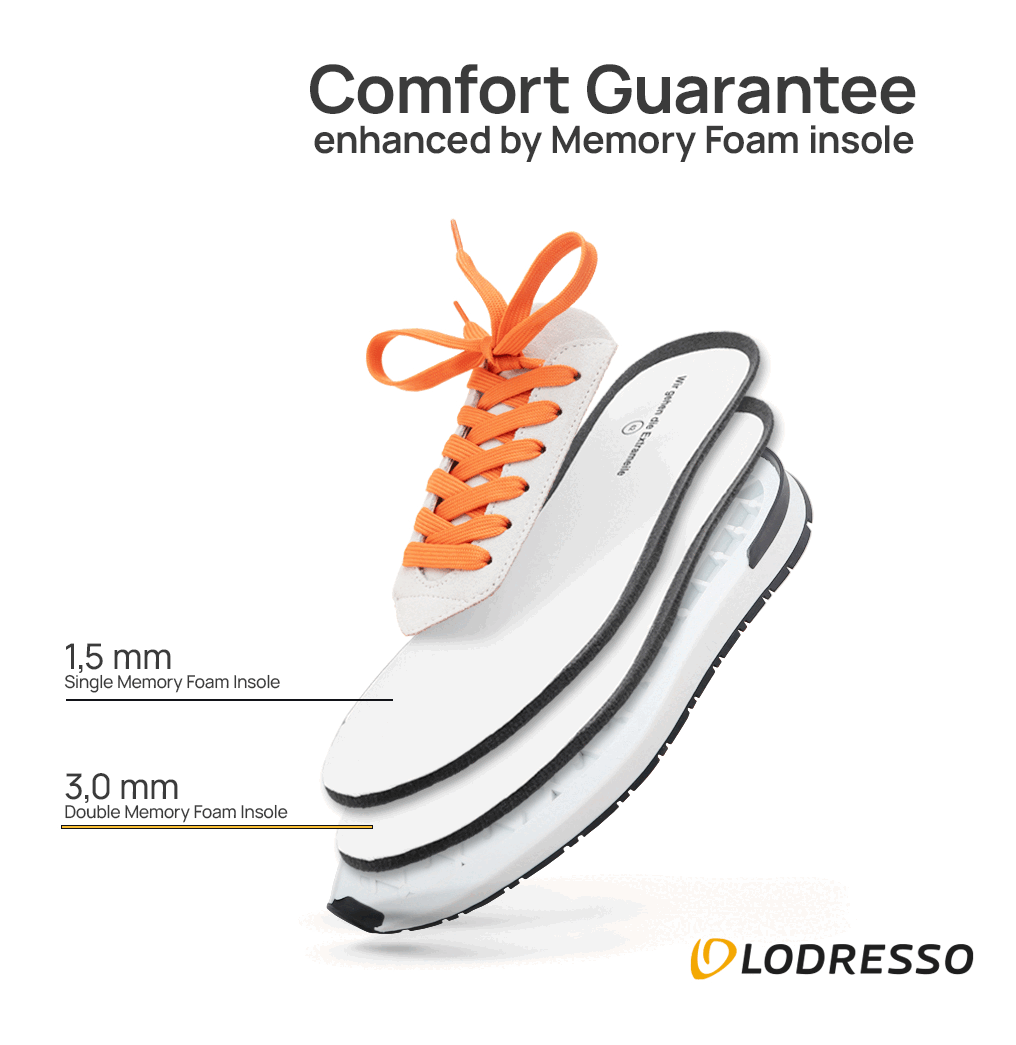
Your sneakers. Your comfort. Your way.
Start step by step towards the best wearing comfort.
Start step by step towards the best wearing comfort.
Every foot is different. Find the right lacing.
Too tight across
the instep
If the top of your foot hurts, this technique can help. The parallel lacing distributes pressure evenly, making the shoe more comfortable to wear.
Aching Toes
If your toes are hurting, it's often because the shoe is laced too tightly at the front. This lacing technique gives your toes more room while still keeping the shoe securely in place.
Narrower Feet
Shoes often feel quite loose on narrower feet, even if the size is technically correct. This lacing method ensures the shoes fit securely on your foot.
High Midfoot
By "skipping" the middle section of the shoe while lacing, you relieve pressure from the top of the foot and create more space. This method is also recommended for people with a high instep.
Heel slipping out
If your heel keeps slipping out of the shoe, this lacing method can help. It secures the ball of the foot firmly in place while still providing enough room for your toes.
Too tight on one side
The advantage of this lacing method is that it relieves pressure on either the forefoot or midfoot as needed. Simply loosen the laces slightly, and your foot will have plenty of room.
First aid when wearing new shoes
Do’s and Don’ts that will help you through the day
BLISTERS
Don´t wear barefoot, avoid rough wool socks and sneaker socks that rub.
Do wear silk socks, apply plasters preventively
ANKLE PAIN
Is the foot too deep in the shoe, you feel ankle pain on the side.
Do relief this pain with a thicker insole
PRESSURE
If pressure occurs clearly above the back of the heel, the foot sits too deep in the shoe.
Do put in the thicker sole - pain relieved.
